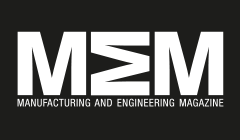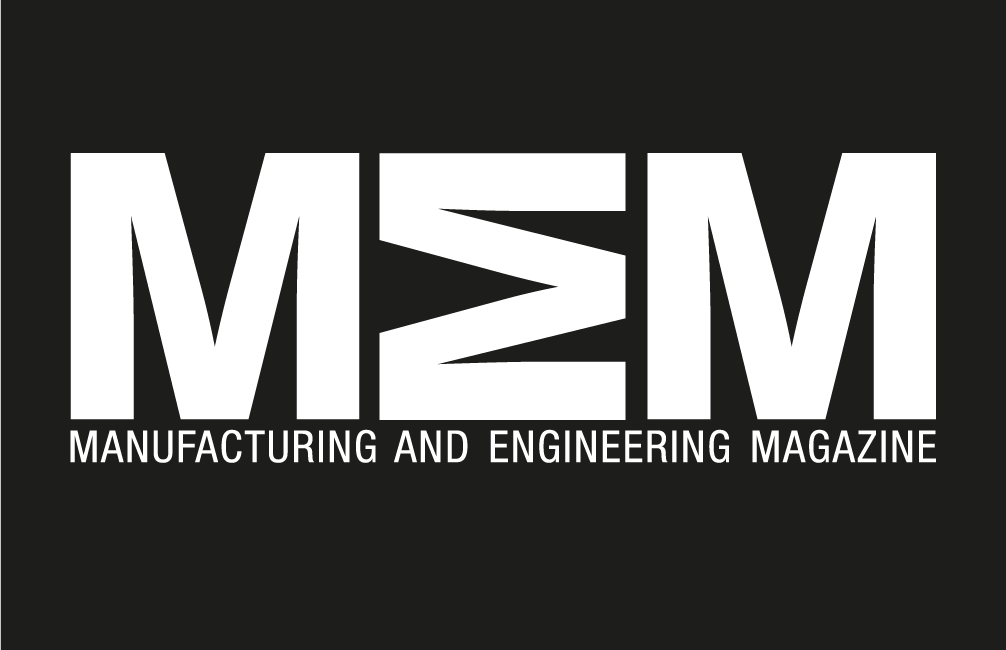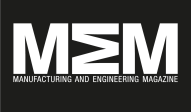10 Reasons Why Engineers Make The World A Better Place To Live In
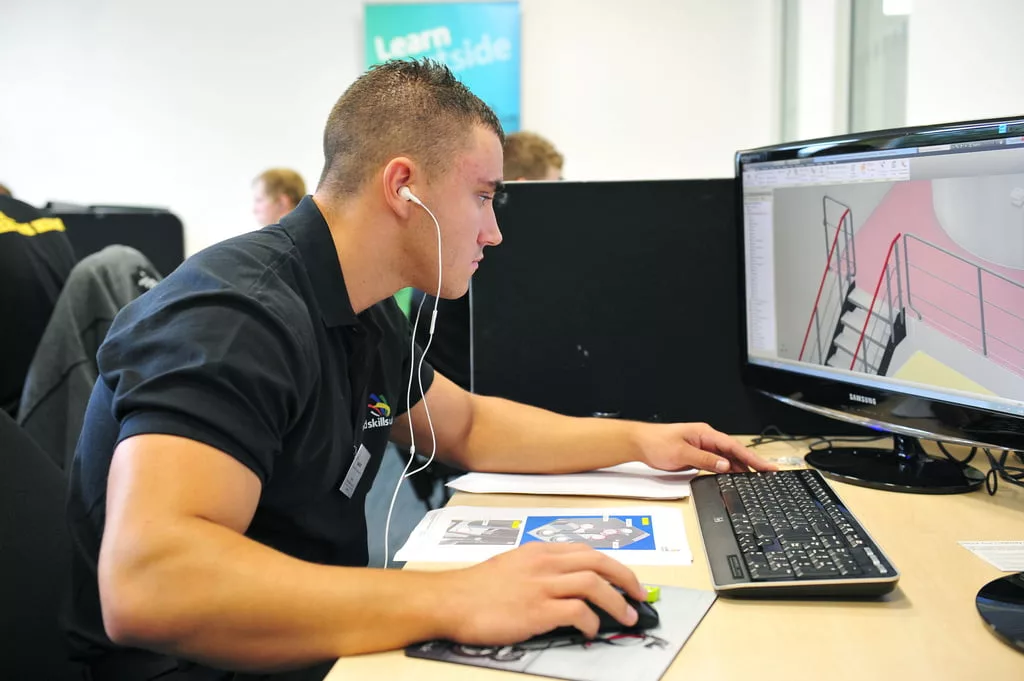
10 Reasons Why Engineers Make The World A Better Place To Live In : Engineering is something which is essential to a country running smoothly, being economically stable and improving not only itself but also the planet. Sadly, there are many aspects of engineering that people donât know or overlook. Recently researchers and engineers have been attempting to widen their skill field by exploring knowledge of those in rival countries and by educating the youth on their possibilities in the engineering and scientific sphere. Here are some of the top reasons engineering is so inspiring… 1. Engineering has its own month!In 2006 March was titled as national celebration of engineering month, before this it was a week-long celebration starting in 1992 and taking place all over Canada. March is therefore an opportunity for young people to learn about the disciplines of engineering and discover more about the field of work. 2. Engineering means thinking globally.Engineering includes empowering faculties and supporting students to reach meaningful goals and advances in the vision of becoming global engineers. Thinking on a global scale is serious stuff, and engineers are helping to ensure our planet is a better place tomorrow. 3. Engineering is shaping the way we travel.Not only this, it is shaping where we can travel too. New runways at airports, new technologies that can allow us to travel further and new innovations into plane craft and materials all link into where we can go and how we can get there. 4. Engineering is shaping the way we communicate.Each day new technologies are being developed and revealed that change how we as a species connect with one another. 5. Engineering is changing how we exercise.With new technologies that can monitor so much of our daily lifeâs it has never been easier to exercise and stay active. Engineers who specialise in fitness know what people want and when to release new softwareâs. 6. Engineering is advancing healthcare.Every day researchers are hypothesising and developing new treatments for illness, such as potential cancer cures and treatments for the blind that are essential to the development of human kind. 7. Engineering is changing how we make and use energy.Environmentalism is at the concern of everyone in the business so creating energy by the use of such developments as wind turbines is really helping to shape the world we live in. The largest wind turbine in the world stands in Denmark at 720 feet tall, with 260-foot blades and the ability to generate eight megawatts of power-enough to supply electricity for 3,000 American homes. 8. Engineering is improving the environment.Tying into number eight, engineering really is having an impact on how we look after the place we live in. Energy efficient or energy aware developments are constantly advancing and this is exciting news in terms of political, social and moral issues people are engaging with on a more constant level. 9. Engineers push things to the limit.Engineers know they have to continuously push themselves in order to keep up with the competition. They ensure they are at the top of their game, with innovative ideas and an immense amount of ever expanding knowledge. 10. Marie Curie, a polish French physicist and chemist who conducted pioneering research on radioactivity was the first person to win two noble prizes.In questions of equality especially in relation to her time, this is a stunning achievement for not only for Curie but for the engineering world, proving they were innovative from the beginning. There are plenty of fun and interesting facts on the field, the word engineer comes from Latin meaning cleverness, and engineers are thought to tell fantastic jokes (as long as your sense of humour involves wit and mathematics). The fastest passenger train in the world was the Shanghai Maglev with a maximum operation speed of 267mph. Despite what we know, engineering is always finding ways to enlighten us and we canât wait to see what it reveals in the up and coming years! Manufacturing & Engineering Magazine | The Home of Manufacturing Industry News
Top 10 Engineering Advancements Of The 21st Century
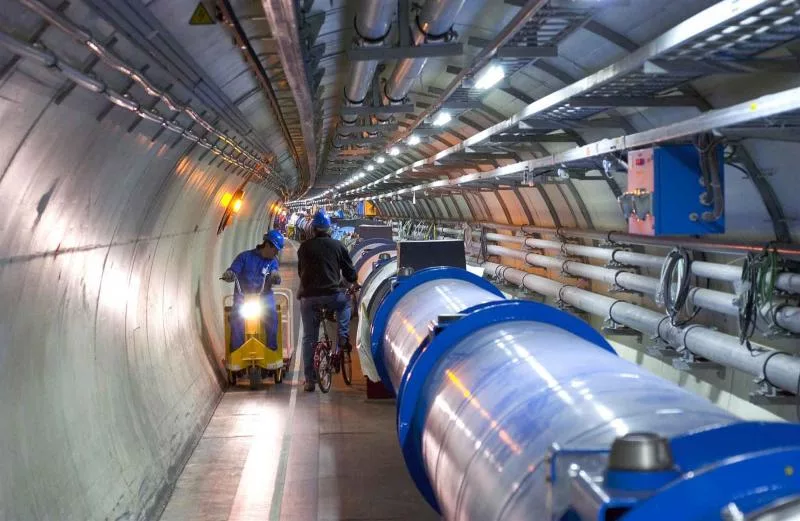
Top 10 Engineering Advancements Of The 21st Century : The past decade or so has ushered forth a momentum of discovery and creation within the world of technology, engineering, science and manufacturing. The newfound understanding of physical science has allowed mankind to achieve an understanding that establishes firm foundations in terms of future advancements. There are ten engineering advancements that stand on in particular so far in the 21st century, but one thing is for sure, the best are yet to come… Large Hadron Collider Built from 1998-2008 this decade long project saw brilliant minds from across the world work together for one of the most advanced research facilities ever created. The LHC has the purpose to prove or disprove the existence of the Higgs Bonson particle, and other particle related theories in psychics. Everything about the LHC is special including its electromagnets that require a temperature colder than outer space (271.3°C) and unique electrical cables that reside in a superconducting state. Sky Crane This is the brilliant solution engineering to solve issues of safety depositing rovers on the Martian surface. Curiosity is forever growing so the sky crane was an essential development. The sky crane attaches to the rover and uses a combination of a parachute and steerable engines. The engines allow the sky crane to hover in mid-air and slow velocity down to zero to slowly lower the rover to safety. Grasshopper Rockets Landing System This is SpaceXâs reusable launch system development programme. Unlike the traditional rocket which dispose their `bodies` after lift-off, the Grasshopper rocket remains intact and can be reused on future launches. Mars Opportunity and Curiosity Rovers These two are a marvel of contemporary engineering! They brave the inhospitable Martian environment on a quest to study rocks, atmosphere, soils, conditions and particles. The life span was only estimated at 90 days but nine years later and the machines are still operational. The more advanced Curiosity landed in 2012 on a search for potential human colonization and found evidence of the presence of water trapped within Martian soil. The Three Gorges Dam This hydroelectric dam spans the entire width of the Yangtze River, China. It is also the largest power station in the world, producing 22,500 MW (11 times as much as the Hoover Dam!). The construction is huge, measuring 2,335m in length with the top being 185m above sea-level. It cost $62bn to complete and 13 cities, 140 towns and more than 1,6000 villages have been submerged under its reservoir. Millau Viaduct Located in France this bridge is the tallest in human civilization. Each post reaches 343m high (1,250ft) from base to tip. The structure received the 2006 award for Outstanding structure and has a wondrous slender elegance despite its size and spans across the valley of the River Tarn. Burj Khalifa (Khalifa Tower) Situated in Dubai this is the tallest free-standing structure in the world, the tallest of its skyscrapers reaches 829.8m (2,722ft) in length. The building opened in 2010 and is the centre piece of Dubaiâs primary business district. Every aspect of the structure is record breaking and the architectural style is derived from the patterning systems of Islamic architecture. Brenner Base Tunnel Construction began in 2008 as a joint effort between Italy and Austria to create a 55km/34mile railway tunnel directly through the base of the Brenner massif portion of the Alps. It is considered on the of the key traffic connections between Northern and Southern Europe, the Brenner Base Tunnel is estimated for completion in 2025 and tunnel will be 1,600m/2,500ft below at the surface at its deepest point. 3D Computer Aided Design (upgrades) Initial AutoCAD was released in 1982 and the ever-popular 3D modelling software, Solid works, came about in 1995. Efficient 3D modelling only became a real `thing` in the recent ten years after graphic-processing units improved to the point of being able to render high resolution images made from hundreds of sub-objects. The comparisons of recent 3D models to those of the 1990âs are astounding. Smartphone and Wi-Fi Proliferation The combination of Wi-Fi and portable Internet access connects us to an unceasing flow on information accessible at our fingertips! The term Wi-Fi is a trademarked name referring to the data-exchange technology based on the IEEE 802.11 standards and 2.4- and 5-GHz bands. While the technology may owe its conception to the 80âs commercialising of the term Wi-Fi didnât begin until the year 2000. Smartphones were in existence in Japan from 1999 but like elsewhere only gained mass adoption in the mid 2000âs. There have been some unbelievable advancements already through the 21st century and the possibilities for further advancements are more than exciting! In the next twenty years, there will be another top ten list that could include engineering principles of holographic and further 3D modelling, the possibilities of technology have only just nicely begun! Top 10 Engineering Advancements Manufacturing & Engineering Magazine | The Home of Manufacturing Industr
3 Big Changes Impacting Engineering In 2017
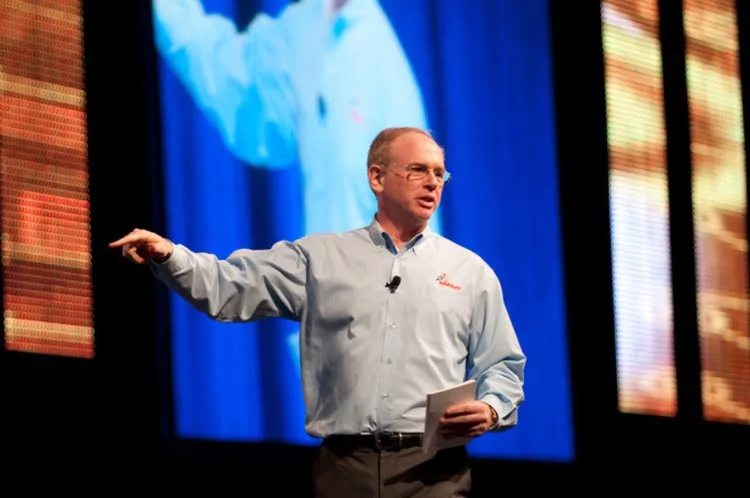
3 Big Changes Impacting Engineering In 2017 : The year has only just begun, but the engineering industry is already off at full force with three big changes happening now that you need to know about. Engineering software is finally moving to the cloud The first change happening that you need to know about is that engineering software is finally starting to move to the cloud. Engineers at computer aided design (CAD) gathered in Cambridge to showcase their improvements in the cloud software. The big picture for this new advancemens is that with CAD software running on the cloud it will enable engineers to collaborate in real time. It is believed that the time for change has arrived, Jon Hirschtick the Chief Executive Officer of Onshape said, I believe the work weâre doing can improve the way every manufactured product on earth is designed. Small firms are taking a hit The second change for 2017 is that business rates are becoming ticking time bombs for small companies in the UK. The government is aiming to give all businesses a fair deal and are establishing a £3.6bn transitional fund to help businesses facing big jumps in rates. However, these changes are being met with backlash as smaller businesses will be facing massive hikes while larger retailers benefit from reduced cuts. Christopher Richards from the Engineering Employers Federation said, “The inclusion of plant and machinery in business rates bills represents a tax on productive investment and undermines the international competitiveness of UK manufacturing.” Mastership may be the future of engineering The third change happening in 2017 is that there will be an introduction of an apprenticeship levy from April 2017, this means that employers will be able to take advantage of the available subsides and specifically be able to offer a higher skill degree level. A mastership is a level 7 apprenticeship degree with is the equivalent to a masterâs degree, the mastership is aimed at both employees with some experience or people who have already followed an academic trajectory. The mastership is built on a strong two-way commitment where employers invest in their employeeâs future. Words by Jim Starbuck Manufacturing & Engineering Magazine | The Home of Manufacturing Industry News
